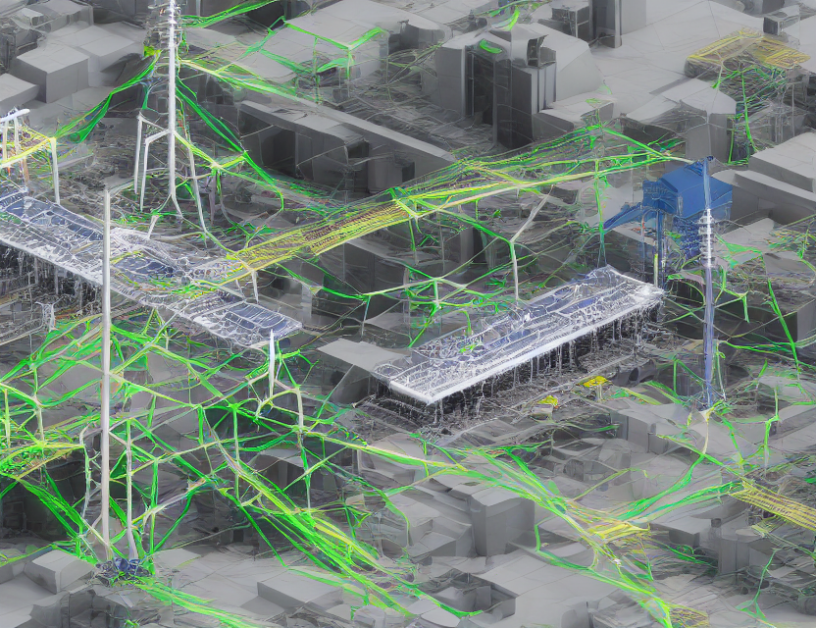In this article, we present a new version of a powerful machine learning model called the Sequence-to-Sequence (Seq2Seq) model. This model is widely used in natural language processing tasks to predict the next word or character in a sequence based on the context provided. We apply the same principle to power prediction by feeding the Seq2Seq model with time series data, such as electricity consumption patterns, and asking it to forecast future consumption patterns for any given hours.
The key advantage of using Seq2Seq models in power prediction is their ability to handle input sequences of varying lengths. This allows us to use the model for different durations of time series data, making it more versatile than traditional models that require fixed-length input sequences. Additionally, the longer the input sequence, the better the accuracy of the model’s predictions, similar to how a good teacher can provide more accurate answers to questions based on more information provided.
We propose a hybrid version of the Seq2Seq model called HQSeq2Seq, which combines two different neural network architectures: Long Short-Term Memory (LSTM) and Gated Recurrent Units (GRU). These architectures work together to capture both short-term and long-term patterns in the time series data, similar to how a coach might use different training methods to improve a player’s performance in different aspects of the game.
The HQSeq2Seq model is trained on five distinct data splits, which helps to ensure that the results are robust and reliable. This is similar to how a coach might have multiple backup plans in case one strategy doesn’t work out, so they can switch to another plan quickly. By averaging the results from these splits, we obtain more accurate predictions for the entire time series.
In summary, our proposed HQSeq2Seq model offers several advantages over traditional power prediction models. It can handle input sequences of varying lengths, making it more versatile, and its ability to capture both short-term and long-term patterns in the data leads to more accurate predictions. By combining two different neural network architectures, we create a robust and reliable model that can adapt to changing conditions in the power consumption pattern.
Computer Science, Machine Learning
Unlocking Electricity Load Forecasting with Hybrid Quantum-Classical Models



